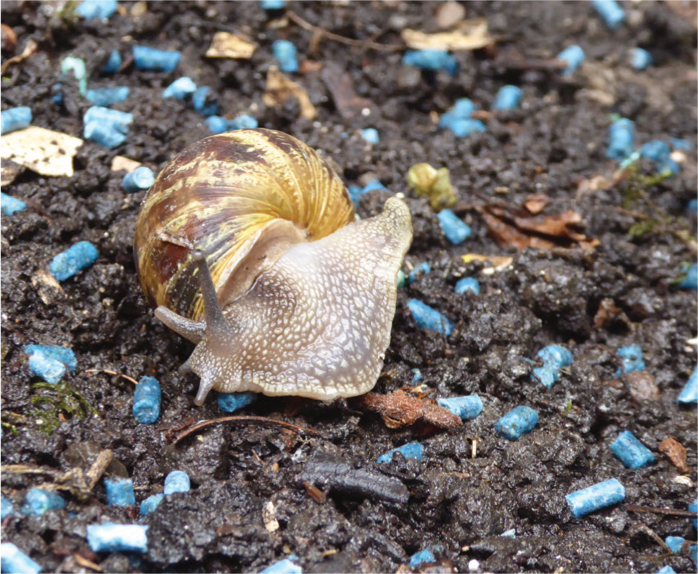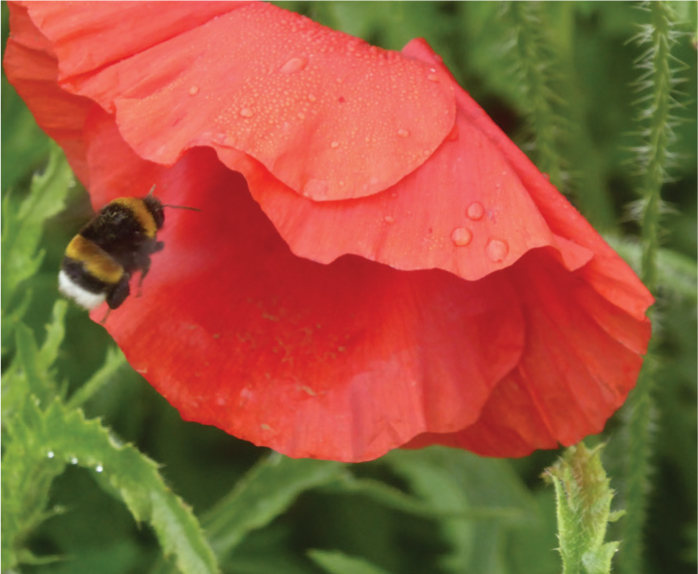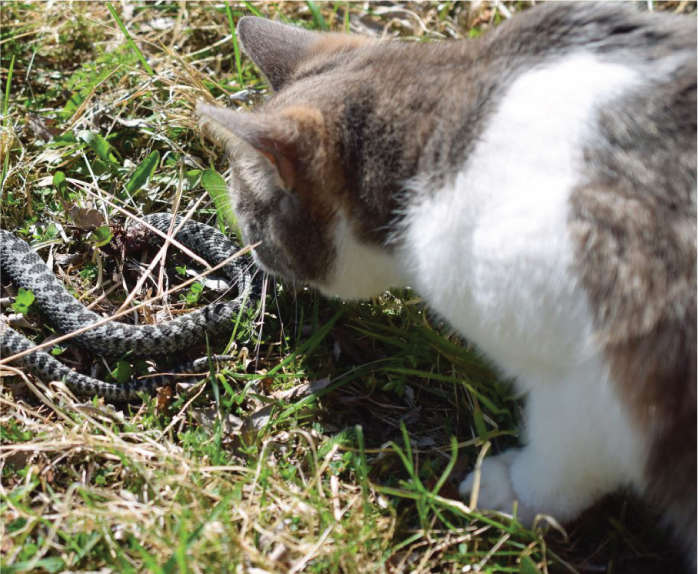As summer starts and the weather warms people and their pets will be spending more time out of doors. This is likely to be particularly true this year as we make the most of the easing of lockdown and the restrictions we have all had to cope with over the last few months.
In the garden, slug and snail baits are commonly used in the summer. Most products contain either metaldehyde or ferric phosphate. Metaldehyde is of particular concern as it can cause rapid-onset seizures (Figure 1), but ferric phosphate baits are less hazardous and generally cause only gastrointestinal signs. Ants are also active in the summer and various products are used to control them, usually powders or bait stations. Lots of different insecticides are used but the concentrations in these products are very low and generally not a concern. The plastic parts of ant bait stations, however, can pose a foreign body hazard.

There are also several potential hazards associated with barbecues, in addition to the risk of burn injury from the barbecue itself. Barbecue lighter fuel is a petroleum distillate and can irritate the skin, and if aspirated, during drinking or vomiting, can cause chemical pneumonitis. Onions can cause Heinz body anaemia in both cats and dogs, usually after a large amount has been eaten or following repeated ingestion.
In very hot weather dogs may drink an excessive quantity of water from a child's paddling pool, for example. This can cause water intoxication resulting in neurological signs.
Bees and wasps are active in the summer and a sting can cause local effects with pain, redness and swelling (Figure 2). In addition, multiple stings can cause delayed toxic effects affecting the kidneys, liver, gastrointestinal and haematological systems. Also, as in humans, a sting in a sensitive animal may trigger a serious, potentially fatal, anaphylactic reaction.

Adders, a protected species, emerge from hibernation in the spring and most bites occur in the summer months. Most cases are seen in dogs, often when they explore undergrowth, but cats and livestock can also be bitten by adders (Fgure 3). Swelling is usually the most obvious sign of an adder bite, but mental status changes can occur with coagulopathy, haematological, renal, hepatic and cardiac effects. If your practice routinely manages animals with adder bite, you should have ready access to antivenom.

The beach poses several toxicological hazards including seawater which contains a high concentration of sodium chloride and if an excessive quantity is drunk, on a hot day for example, there is a risk of salt poisoning. A jellyfish washed up on a beach can still sting, even when it has been dead for weeks and this may result in swelling, distress and pain if a dog eats or plays with it.
Blue-green algae (cyanobacteria) grow in blooms in late spring, summer and early autumn and some produce toxins that can cause neurological, hepatic and dermatological effects. The neurological effects can occur within a few minutes of exposure and hepatic effects within 24 hours. Diagnosis is usually based on clinical signs and history of swimming in or drinking from an affected water body, as identification of cyanobacteria species cannot be performed by eye. Dogs are commonly affected, usually after licking (including grooming) or eating algal material or swimming in affected water. Mass mortality events are described in livestock and wildlife after blue-green algae exposure.
The outdoors can be enjoyed in the summer, but care must be taken to make the garden safe and to be alert to risks for pets on walks and days out.


